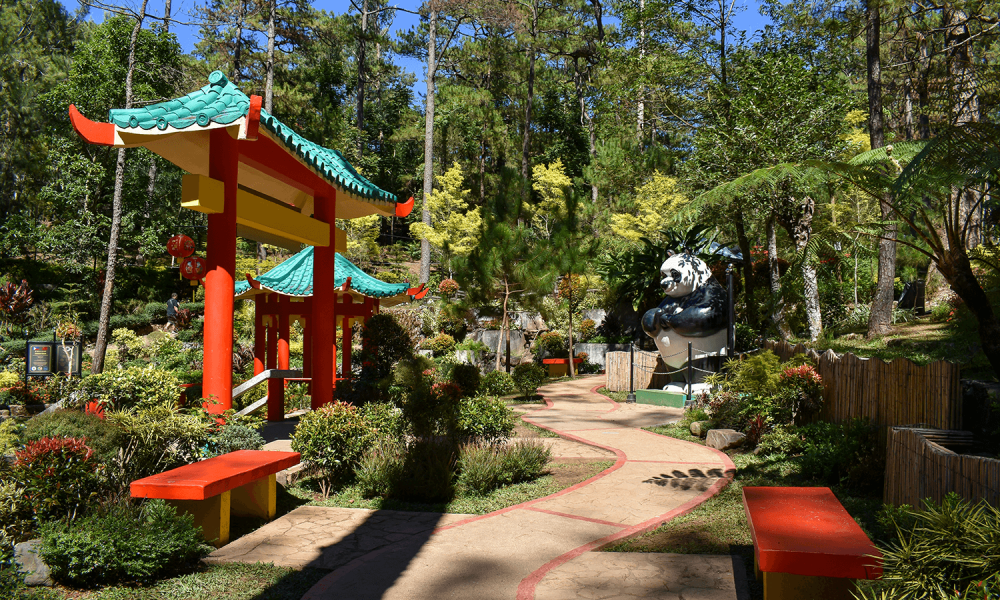

The city of Baguio, known as the "Summer Capital of the Philippines," has a rich history in tourism, which dates back to the American colonial period. Among its numerous attractions, the Botanical Garden Baguio stands as a cornerstone of Baguio's commitment to preserving its natural heritage while providing a peaceful retreat for tourists and locals alike.
Originally established in 1910 during the American occupation, the garden was part of the city's urban plan by American architect and urban planner, Daniel H. Burnham. The garden was intended to be a centerpiece that celebrated the region's flora while offering a place for relaxation and education.
The Botanical Garden, like much of Baguio, was heavily damaged during World War II. However, it was reconstructed and redeveloped into a lush botanical landscape. It was once known as "Imelda Park," in the 1970s, named after former First Lady Imelda Marcos, but has since reverted to its original name in an effort to emphasize its cultural and environmental significance rather than its political associations.
Today, the Botanical Garden remains a popular destination for both tourists and residents. It is home to a vast collection of plant species, both indigenous and exotic, and has also become a space for showcasing the rich culture of the indigenous peoples of the Cordilleras. Visitors can see traditional Ifugao houses and meet locals dressed in traditional attire, adding to the cultural experience of a visit to the garden.
In recent years, there has been an increase in ecotourism and a greater emphasis on sustainable travel practices. Tourists to Baguio are increasingly interested in experiences that allow for a deeper connection with the local culture and environment. The Botanical Garden aligns perfectly with this trend, offering a space for eco-friendly activities such as garden tours, bird watching, and nature walks.
The Botanical Garden is ideal for those looking for a tranquil escape from the hustle and bustle of city life. With its scenic pathways, bridges, and picnic spots, the garden serves as an excellent venue for leisure and education, making it a must-see for anyone traveling to Baguio. The commitment to conservation and cultural preservation evident in the garden's management ensures that this historic site will continue to be a beloved tourist destination for generations to come.